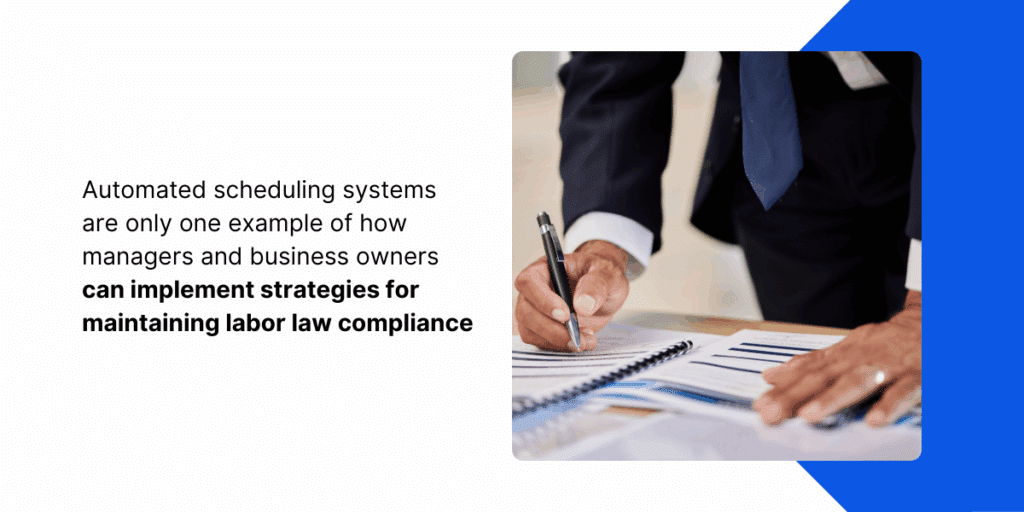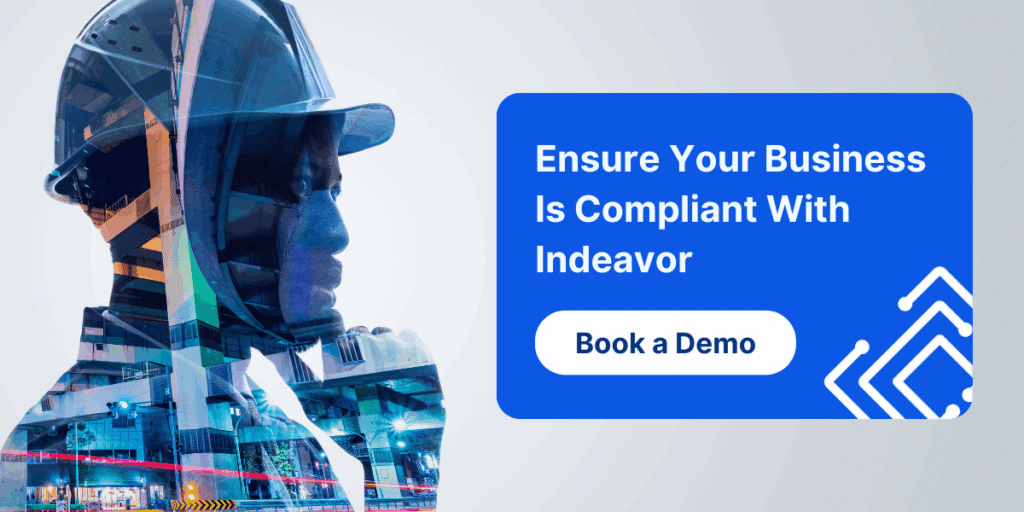Legal and regulatory challenges are intensifying for organizations operating in highly regulated industries like manufacturing, energy, food production, and the public sector. Non-compliance isn’t just a risk—it’s a liability that can cost millions in fines, damage to your brand reputation, and even operational shutdowns. The stakes are high, and manual compliance processes are no longer enough.
Enter the compliance management system—a purpose-built solution that centralizes and automates policy enforcement, ensuring your organization stays aligned with ever-evolving regulatory demands. More than a digital checklist, a compliance system plays a critical role in reducing legal exposure and increasing operational confidence.
What Is a Compliance Management System?
A compliance management system is a digital framework designed to proactively manage an organization’s adherence to legal, regulatory, and internal policy requirements. It ensures that the right processes, technologies, and documentation are in place to maintain compliance across workforce operations.
Key components typically include:
- Automated policy enforcement
- Credential and certification tracking
- Real-time alerts and audit trails
- Workforce monitoring
- Training logs and acknowledgment systems
When integrated with workforce management tools, a compliance management system ensures that only qualified and authorized employees are scheduled, records are maintained accurately, and audits are streamlined—all while reducing the risk of human error.

Common Legal Risks in Workforce Operations
Even well-intentioned organizations can find themselves on the wrong side of regulatory compliance due to outdated processes or a lack of visibility. Here are some of the most common legal risks compliance management can address:
1. Labor Law Violations
Organizations that overlook complex labor laws—such as the Fair Labor Standards Act (FLSA) or union agreements—risk severe consequences. Mistakes with scheduling, overtime, or required breaks can quickly lead to costly fines or legal action.
These violations often happen not out of negligence, but due to outdated systems that can’t keep up with compliance demands. A compliance management software helps close these gaps before they become liabilities.
2. Improper Credentialing
Letting employees work with expired or missing certifications introduces both legal and operational risks. In industries like food production or energy, this could lead to regulatory penalties, halted operations, or safety hazards.
Relying on manual tracking makes it easy for credentials to slip through the cracks. A compliance management system ensures only qualified personnel are assigned to critical tasks.
3. Inaccurate Time & Attendance Records
Manual or fragmented timekeeping systems can create discrepancies that result in wage-and-hour disputes. These issues not only affect employee trust but can also spark investigations and class-action lawsuits. Even if your team follows the rules, the inability to produce clean, accurate records may be viewed as noncompliance. A digital compliance system provides a defensible audit trail.
4. Lack of Documentation
When a safety incident or compliance issue arises, documentation is your first line of defense. Without it, you may struggle to prove your team acted appropriately. Real-time recordkeeping and systematized audit trails offer clear, time-stamped proof of compliance. This reduces legal exposure and builds organizational accountability.
How a Compliance Management System Mitigates Risk
A robust compliance management system mitigates risk by embedding enforcement and oversight directly into daily workforce operations. Instead of relying on manual checks or scattered documentation, the system ensures that every aspect of compliance, from scheduling rules to training acknowledgment, is automated and tracked.
Labor regulations such as required rest between shifts, mandated breaks, and union-specific agreements are enforced automatically at the time of schedule creation, reducing the burden on frontline managers and eliminating costly human error.
In addition to enforcing labor rules, the system actively manages employee credentialing. It prevents staff with expired or missing certifications from being scheduled, ensuring only qualified individuals are allowed to work. Managers receive automated alerts before certifications lapse, giving them ample time to take corrective action and maintain compliance. All related actions are recorded in real time and time-stamped, offering a full audit trail that supports investigations and provides legal protection.
Training and policy acknowledgment are also streamlined within the compliance software. Employees can access training materials digitally and confirm receipt and understanding, while the system logs each acknowledgment for future reference. This creates a clear record of compliance activity, closes the loop on employee accountability, and gives leadership confidence that proper protocols are being followed across the organization.
Business Benefits Beyond Legal Protection
While reducing legal exposure is the primary goal, a compliance management system also delivers measurable business value:
- Administrative Efficiency: Save time by automating compliance checks and documentation.
- Faster Adaptation to Regulatory Change: Update system rules centrally when regulations change, and propagate those updates instantly across locations.
- Improved Audit Readiness: Quickly export the necessary data and documents to satisfy audits, inspections, or legal reviews.
- Stronger Employer Brand: Employees want to work for organizations that take their safety and rights seriously.
When compliance is embedded into operations, your team can focus more on performance and less on paperwork.

Why Indeavor’s Compliance Management Stands Out
At Indeavor, we believe compliance shouldn’t be an afterthought—it should be a strategic advantage. Our compliance management system is fully integrated with our workforce scheduling, labor optimization, and skills tracking solutions to offer a seamless user experience.
Here’s how we help reduce legal risks across industries:
- Configurable Compliance Rules: Support for federal, state, local, union, and company-specific labor rules.
- Certification & Skill Tracking: Schedule only qualified employees by automatically cross-referencing certifications and skill profiles.
- Mobile-Enabled Alerts: Real-time compliance notifications and credential warnings for supervisors and employees on the go.
- Centralized Visibility: Enterprise-wide dashboards let you spot compliance risks before they result in penalties.
Whether you operate in a single facility or across multiple jurisdictions, Indeavor’s compliance-first approach ensures you’re always protected.
Final Thoughts
Regulatory compliance is a moving target. But with the right systems in place, your organization can stay ahead of the curve—and out of legal trouble. Compliance management system software isn’t just a safety net—it’s a business necessity that empowers your team to operate responsibly, confidently, and efficiently.
At Indeavor, we make compliance part of your daily operations—without adding complexity. From automated rule enforcement to real-time audit readiness, our solutions help you protect your workforce and your business.
Ready to reduce legal risk and streamline compliance? Contact us today to see how Indeavor’s advanced compliance software can help.
About the Author
Claire Pieper is the Digital Marketing Specialist for Indeavor. In her role, she specializes in crafting strategic and engaging content, ensuring that customers are well-informed. Claire is dedicated to enhancing the customer experience and optimizing the user journey through Indeavor’s solutions. To learn more or get in touch, connect with Claire on LinkedIn.



